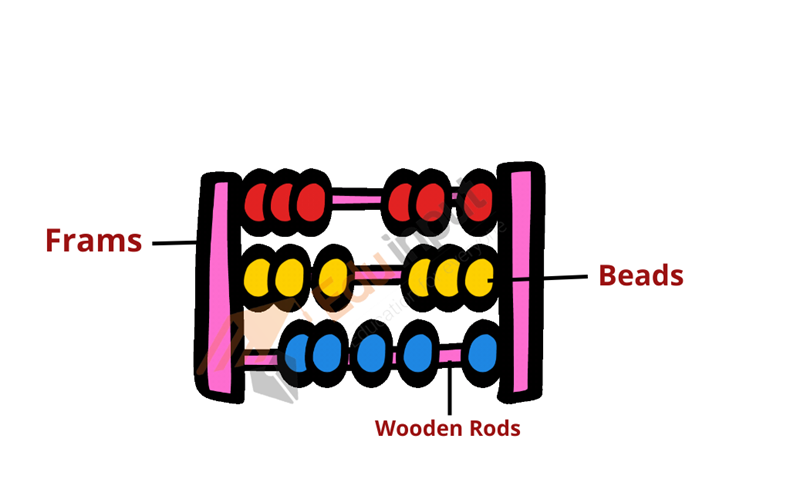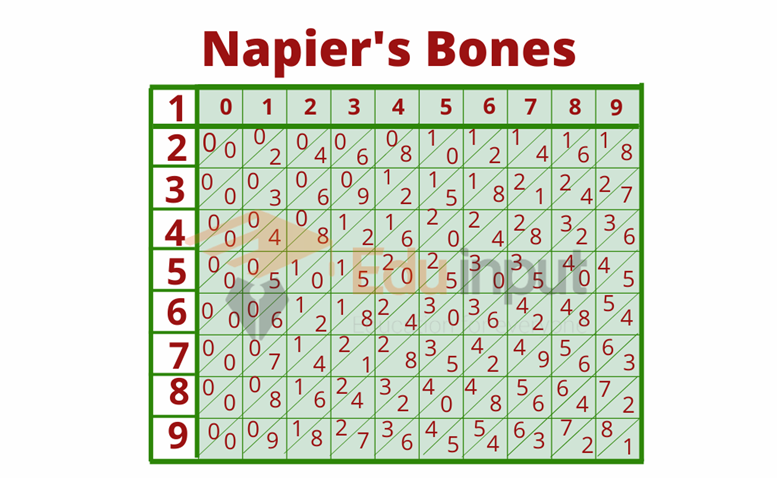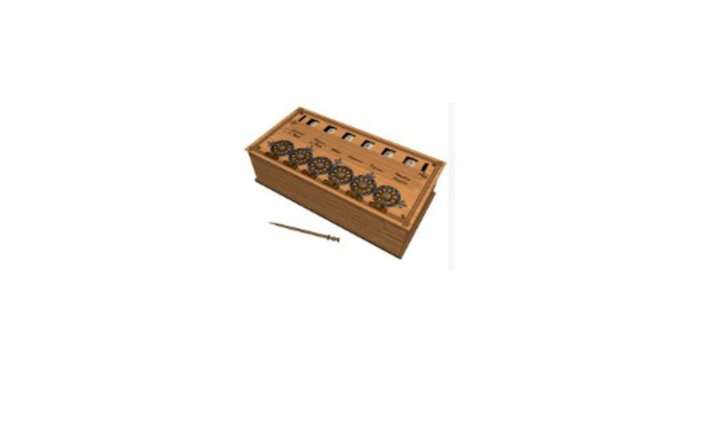History of Computer | Early Calculating Devices
In the start humans use hands as a calculating device after that they started using stones and the things like sticks.
History of Computer
Basically, the computer is an electronic device that is made for calculations but before the invention of the computer, many other things were used for calculations which are given below.
Some early calculating methods
LEBOMBO bone and ISHANGO bone
- LEBOMBO bone was discovered between (35,000-30,000) BC
- SHANGO bone was discovered in (~22,000) BC
The LEBOMBO bone was the oldest method used for calculation and is made of the fibula bone. The LEBOMBO bone has 29 clear notches on it. It is used for the measurement of lengths.
Clay tray
It is the method in which clay is used for the calculation. Sumerians were an old tribe who invent this method. They use the clay of the pond and converted it into the tray which was later on named “clay tray”.
Stick was used as a tool to write on it. After the calculations, the tray was reset by shaking it.
Early Calculating Devices
The history of computers began with the birth of the Abacus.
ABACUS
This device was invented almost 5000 years ago. According to the different areas, the name of the device was also changed such as it was named “Suanpan in china” and “soroban in japan”.
Basically, it was a wooden tool that consists of some parts such as a central beam which was further attached with wires and also have beads on it which were used for addition, subtraction, multiplication, and division.

Napier’s bones
In 1617, John Napier made a manually-operated calculating device that was named “Napier Bones”. It could perform the mathematical operations of addition, subtraction, multiplication, division, and finding square roots. The tool consisted of a set of rectangular rods made up of carved bones.

PASCALINE
PASCALINE was the first mechanical device that was used for calculations in 1642.
This device was developed by Blaise Pascal at the age of 19. He developed this device for his father who was a tax collector. He faces a lot of trouble in collecting the tax because of his less memory which force Pascal to develop this.
This device only performs addition and also subtraction. It consists of a wheel and gears which rotate to perform calculations. To start this device pen was used.

Difference engine
The difference engine was designed by Charles Babbage in 1822 who was called the father of the computer. It was designed to perform polynomial functions. This machine was expected 8 feet tall and have different parts of about 25000.
But unfortunately, this machine was not completed in the life of Charles due to having some issues with funding but later on, it was completed using the paperwork of Charles by his student in 1989_1991.
The Analytical Engine
Considered to be the ancestor of our modern-day computer, Charles Babbage built the analytical engine in 1844. The computer has two separate input streams, three output results, a processing unit, and memory. It was also the first machine to have a set of programming instructions.
HOLLERITH’S PUNCHED CARD MACHINE
This was a machine that was developed due to the problem of the CENSUS in the past. Basically, the government of the US requires a record of the CENSUS after every decade.
At the time of the 1790s, it was quite easy for them to calculate because of less than 4 million Americans. But after the 1890s. It increased to almost 63 million and that was tough for them to keep a record of it without any machine.
And as a result of this problem, Herman Hollerith provided this machine as a solution. He uses this machine to read the data and punched cards were used for the data record. In early devices, there were no storage devices but in this machine punched cards were used for the purpose of storing the data.
ENIAC
This was the world’s first computer that was electronic, not mechanical. It was designed by Mauchly and Presper Eckert. It stands for Electronic Numerical Integrator and Computer. The design of ENIAC was financed by United States Army.
It performs 5000 instructions per second. But this computer has some limitations that it uses a lot of energy (140 KW) which was not possible for the government to provide at the time. It also has 70,000 resistors.
VON NEUMAN
Modern computers are based on a stored-program concept introduced by John Von Neumann. In this stored program concept, programs and data are stored in a separate storage unit called memories and treated as the same.
So, he gave the concept of memory. The computer automatically gets instructions and data. They perform calculations one instruction at a time.

 written by
written by 





Leave a Reply